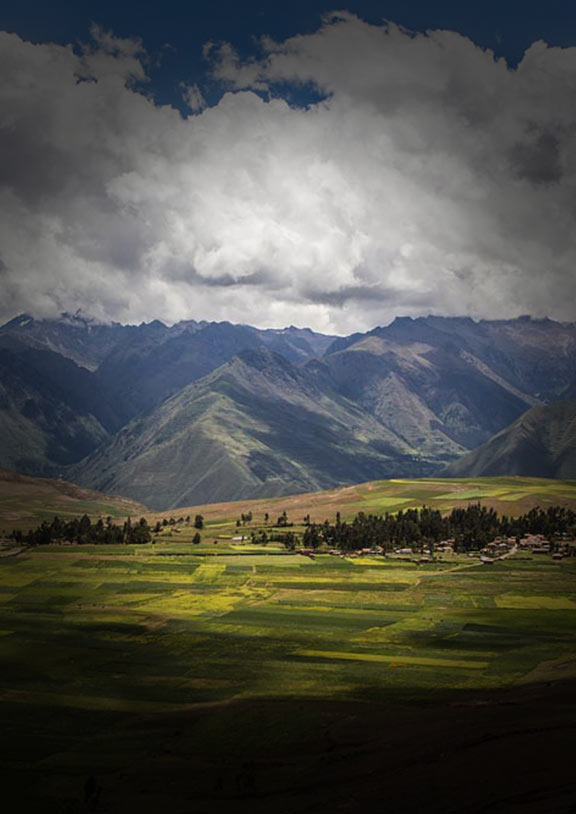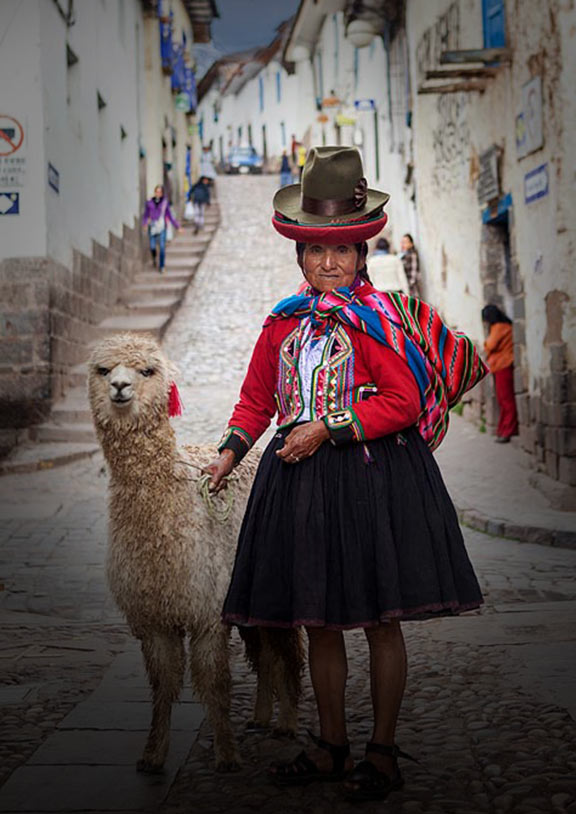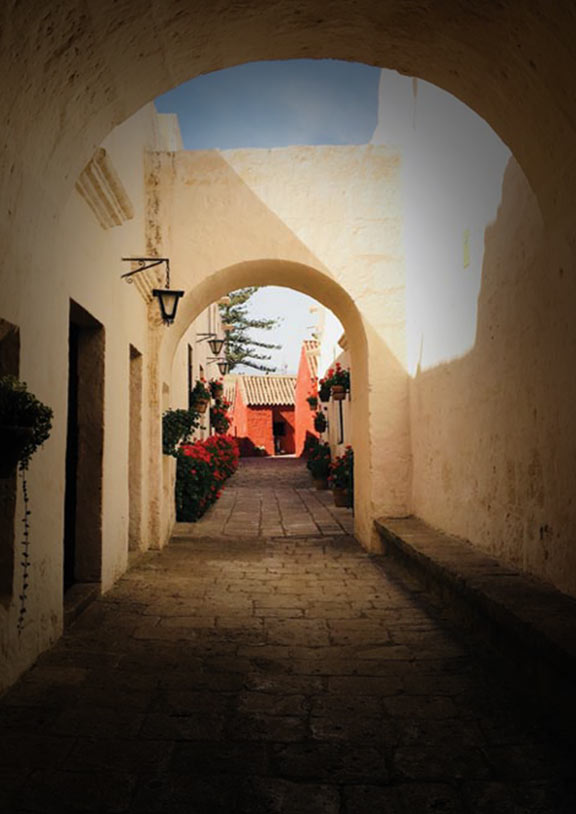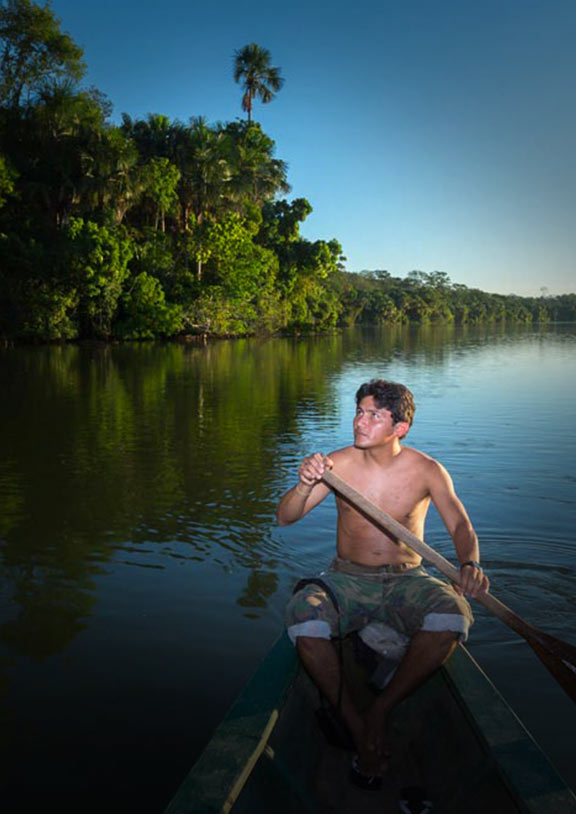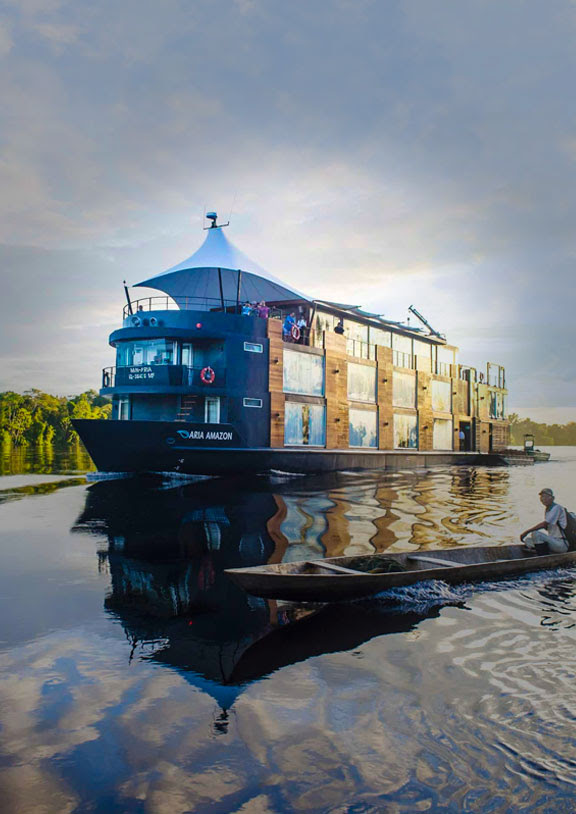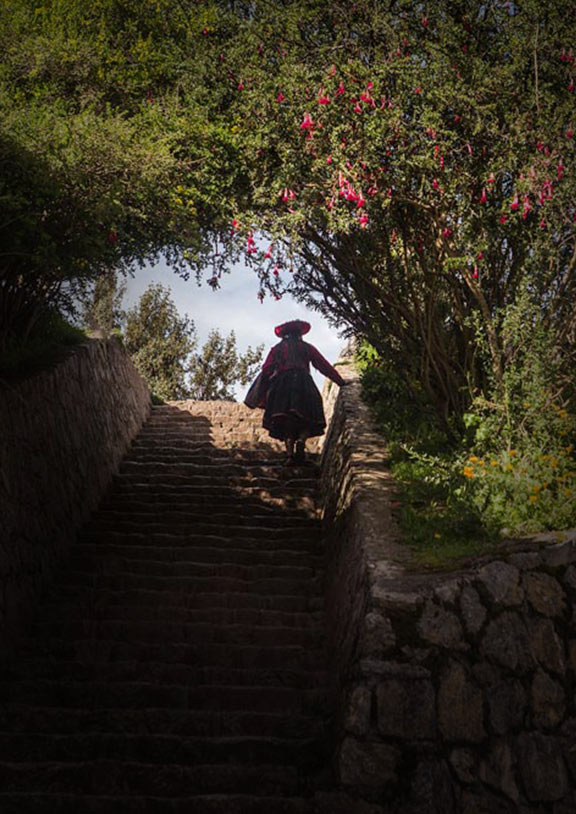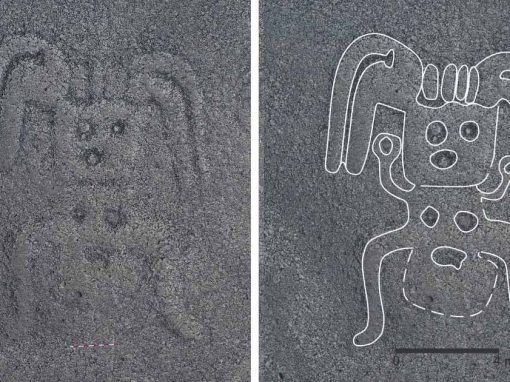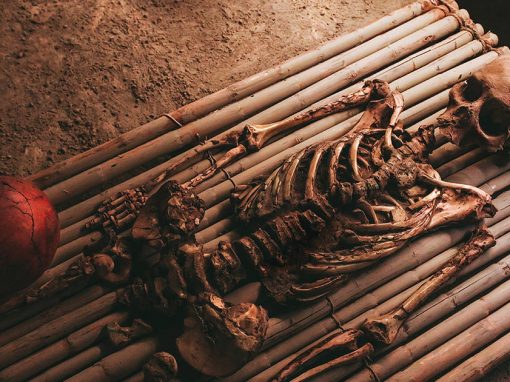Peru boasts some of the most impressive archaeological sites in South America rivaled only by the Mayan and Aztec sites in Mexico and the rest of Central America. Aside from Machu Picchu, Peru’s number of ancient ruins grows as new archaeological sites open to the public. In this list, you’ll find some of the best and most recently discovered historical sites in Peru, including some of the world’s most preserved ruins. From the early Aymara, Chachapoyas and Chimú cultures to the last of the Inca Empire strongholds, these 21 famous, and also lesser-known archaeological sites will awe and inspire.
Table of Contents
- Ollantaytambo
- Pisac
- Sacsayhuaman
- Coricancha (Qorikancha)
- Maras Salt Mines
- Moray
- Tambomachay
- Chinchero
- Machu Picchu
- Nazca Lines
- Pachacamac
- Huaca Pucllana
- Chan Chan
- Huaca del Sol y de la Luna
- The Sacred City of Caral-Supe
- Floating Islands of the Uros
- Sillustani
- Chucuito Inca Uyo
- Isla Del Sol
- Kuelap
- Sarcófagos de Karajía
Near Cusco

Across the Sacred Valley rests Ollantaytambo, the last of the Inca Strongholds. Image from Shutterstock
Ollantaytambo
Located in the Sacred Valley of the Incas, Ollantaytambo contains some of the most impressive functioning series of aqueducts and fountains out of all the Incan ruins in Peru. The magical Fountain de la Ñusta, or Princess Fountain, is one of the most impressive. The portal-shaped fountain carved out of a single stone sits perfectly preserved. At the top of Ollantaytambo lies the Incan Temple of the Sun. This megalithic structure contains enormous stones brought from an ancient quarry 6 kilometers away.
The stones in this site are also known for their incredible geometry and smoothness. However, the construction of this ancient site is unfinished. Hundreds of partially carved and unfinished stones lie at the base of the hillside and temples. This Incan ruin is also known as the last stronghold of the Inca Empire since it is where Spaniards lost a battle to the Incas in 1537. This archaeological site can be reached by bus, taxi or train from Cusco and is on the way to Machu Picchu.

High on a ridge along the Sacred Valley the ancient site of Pisac sits well preserved with its many ancient grain towers. Photo by Latin America for Less
Pisac
Along the Urubamba River, 33 kilometers from Cusco lies Pisac, an ancient site that contains an Intihuatana or sundial, and Temple of the Sun. The most distinctive feature of the Pisac ruins is the enormous semicircle of verdant terraces between two archaeological complexes. Both ends of the terraces at Pisac have beautifully preserved ancient Incan towers and stunning mountain views. These towers are were ancient granaries where food used to be stored for the Incan city at the base of the terraces called Inti Watana, Calca and Pisaqa (The Old Town).
Below the ruins in the colonial town of Pisac, there is also a lively artisans market that sells a variety of handmade goods including traditional textiles, alpaca products, jewelry, musical instruments, and many other beautiful accessories.
Sacsayhuaman
Right above Cusco city approximately 30 minutes from the Plaza de Armas is one of the more famous ruins in Peru, Sacsayhuaman. This is a must-see archaeological complex with enormous stones and one of the largest total areas due to the extensive amount of zigzagging Inca walls. Archaeological experts estimate that its construction took more than 90 years to complete beginning near 1350. Sacsayhuaman is assumed to be an ancient military fortress used to protect the Incan capital below.
The archaeological site also contains some of the most megalithic structures and tallest terraces out of all the ancient cities in South America. Some of the huge stones at this archaeological site measure taller than 9 meters and weigh over 100 tons. The famous site is also used every year on the 24th of June to celebrate the Sun God at a festival called Inti Raymi. On this day locals dress in traditional Inca clothes and dance to honor the god Inti.
Coricancha-(Qorikancha)
Cusco used to be the Incan capital before Spaniards conquered the city changing the architectural landscape forever. Fortunately, at Coricancha you can find an incredibly preserved ancient Incan Sun Temple. Underneath the Spanish church of Santa Domingo in the middle of the city, there are five Inca Temples where the Incas worshiped the sun, moon, sunbeam, rainbow, and stars. Unfortunately, Spaniards destroyed some of these temples to build the church and convent.
Today the temples that remain exhibit exceptionally precise geometry and architecture. Inside the archaeological site, there is also a world-class museum that exhibits various impressive artifacts such as pre-Incan objects, ceramics, and colonial pieces as well. The surrounding area contains five beautiful Incan fountains at the base of the archaeological site as well. Walking near and around the surrounding streets of Coricancha, it is also visible that a majority of building foundations used Incan architecture, emphasizing the architectural mastery of the Incas.

The Maras Salt Mines are an ancient site that archeologists have dated being used back when the Incas were in power. Photo by Michael Wieck, Latin America for Less
Maras Salt Mines
40 kilometers North of Cusco in a small valley you’ll find pink, white and grey encrusted ponds fed by a small mineral-rich stream. The thousands of salt ponds make up the Maras Salt Mines, an ancient site still mined today by Peruvian families. It is one of the few places in the world where pink salt is mined. The terraced salt ponds and archaeological evidence suggest that the ponds were used even in Pre-Incan times. At the entrance to the Mines, there are also various shops where you can buy freshly mined salt products ranging from cosmetic goods to artisanal chocolate.
Moray
Near Maras located just 50 kilometers from Cusco is Moray, a historical Inca site that is an ancient agricultural wonder. Each one of the circular terraces drops in altitude and creates a distinctive microclimate. Ancient Incan farmers experimented with different crops and yields using these different terraces. Moray is a perfect example of the Incan agricultural intelligence and expertise. Each terrace drops 1.90 meters dropping the altitude as low as 45 meters. The lower terraces exhibit higher temperatures and less wind which the Incas used to experiment with different crops. Experts say the site was also an agricultural calendar that determined the best time of year to plant certain crops.

On a verdant hillside you’ll find Tambomachay. These ancient Inca baths were used by Inca royals and the military. Photo by Latin America for Less
Tambomachay
There is no better example of the Incas hydraulic expertise than Tambomachay. Believed to be a temple or sacred site to worship water, these ruins near Cusco contain numerous fountains, canals and baths. The archaeological site is also known as El Baño del Inca or the Inca Baths. The ruins are located only 7 kilometers away from Cusco and are near the ancient Pika Pukara Archaeological complex, an Incan military outpost that functioned as part of the defense of Cusco.
Chinchero
The picturesque town of Chinchero looks like it came right out of a painting. This beautiful town is located only 28 kilometers from Cusco and is another perfect example of how Spanish architecture was constructed atop Incan ruins. This quaint little town used to be the location of an ancient Incan palace and an important urban center for the Incas. The surrounding area has hundreds of terraces, open fields and ancient staircases that make the perfect backdrops for the contrasting white Spanish buildings. In the town’s plaza there are also a number of places where artisans sell textiles and other handcrafted goods.
Machu Picchu
High above the town of Aguas Calientes in the heart of the jungle rests the Lost Inca City Machu Picchu. This incredible feat of ancient engineering sits at the crest of the mountain offering stunning views of the landscape below. The surrounding mountains appear to be suspended above the clouds and on clear days the Urubamba river is visible below. If you look closely at the other hillsides you might spot the remnants of other Incan terraces. Known as one of the 7 World Wonders, Machu Picchu is undoubtedly the most famous of all the ruins in Peru.
Near Lima

On the desert sand south of Lima near Ica you’ll find the Ancient Nazca Lines. Photo by Latin America for Less
Nazca Lines
South of Lima embedded in the desert crust are hundreds of ancient line drawings from the Pre-Columbian Nazca culture that once occupied the area. The purpose of the Nazca Lines is still a mystery today with some of the drawings still being discovered. A majority of these geoglyphs are only viewable by air or nearby observation decks.
The geoglyphs occupy an area of nearly 1000 square kilometers and there are nearly 300 different drawings that include plants and animals such as hummingbirds, cats, monkeys and spiders to name a few. These megalithic drawings are so large that some are even visible from space. Although this is not necessarily considered a ruin per se, the Nazca Lines are a must-see ancient Peruvian archaeological site.
Pachacamac
Right on the perimeter of Lima’s more metropolitan districts, South of the city center is Pachacamac. The archaeological site is estimated to be over 1000 years old and was occupied by a number of different ancient cultures. The cultures that used Pachacamac ranged from the Wari Culture to the last of the Incas. The earliest structures date back to 200 A.D from the Lima Culture who founded the site as an important religious center and coastal hub.
The site also contains several ancient temples and some of the best-preserved ancient mud-brick architecture in the world. The most famous ancient temple at the site is the Sun Temple which boasts ocean views and a panoramic vista of the archaeological site. The ruins also include one of the best museums in Lima. Inside there are exhibits detailing the arrival and construction of the site by the Lima Culture to the arrival of the Spaniards in the 16th Century.
Huaca Pucllana
In the center of Lima in the Miraflores district is the archaeological site of Huaca Pucllana. The mud-brick pyramid is still being unearthed by archaeologists today. The tall pyramid-like structure completely breaks the context of Lima’s metropolitan skyline. It lies right in the middle of a number of modern office buildings and apartment complexes. Guided tours are available where tourists can walk around and on top of the ancient ruins. A small museum at the entrance also explains the history of the cultures that once occupied Lima. At the exit of the Archaeological site there is also the exquisite Huaca Pucllana restaurant, which serves traditional Peruvian Criollo food.
Northern Peru

The ruins of Chan Chan are the largest ancient mud brick city in the world. Visible in the walls are dozens of geometric relief drawings made by the Chimú civilization. Image from Shutterstock
Chan Chan
Rather than a mountainous rugged archaeological site surrounded by jungle, Chan Chan is a historical ruin on the desert coast near the city Trujillo. The ancient city was built by the Chimú civilization and is known as the largest mud-brick city in the world. These Pre-Columbian ruins are endangered today due to persistent seasonal rains that wash away the delicate archaeological site. However, the majority of the city is still intact thanks to the ancient and innovative network of irrigation canals.
It is estimated that at its peak 60,000 inhabitants occupied Chan Chan before the Incas captured the city. The mud walls inside the ruins exhibit impressive relief art and near-perfect geometry. It is a poignant reminder that a number of ancient ruins in Peru are still in need of more attention and preservation.
Huaca del Sol y de la Luna
Legend says that this ancient Peruvian ruin located near Chan Chan and Trujillo was built by 250 thousand men in three days. The pyramid was discovered in 1990 and is one of Peru’s most recent and well-researched archaeological sites. The Huaca del Sol is estimated to be the largest adobe structure in the Americas.
This impressive Moche Culture ruin is also where over 40 warriors were discovered by archaeologists. Dozens of adorned walls and hundreds of impressive ceramic vessels are continually unearthed today. Similar to Huaca Pucllana, the adobe structure is only partially excavated. However, in comparison, this historical site boasts incredibly preserved painted walls with vibrant yellow, red and blue murals and relief art.

The Pyramids of Caral – The site of one of the first civilization in the Americas
The Sacred City of Caral-Supe
This archaeological site is the oldest of the ancient cities in the Americas. The nearly 5000-year-old city is located 182 kilometers north of Lima and demonstrates some of the most complex urban planning for its age. The ancient landmark is also a fairly recent discovery since excavations commenced only 27 years ago. The ruins are distinct since a majority of the buildings were constructed using stone and wood instead of mud bricks. This architecture allows most of the structures to remain extremely well preserved.
The ruins include an impressive pyramid, tall platforms, and a circular court which flaunt the city’s sophisticated urban design. There are also several other excavations sites nearby that have unearthed four other ancient pyramids. The other pyramids mean Caral likely expands beyond the current protected archaeological site.
Near Puno

Atop the blue waters of Lake Titicaca sit the Floating Islands of the Uros. Photo by Latin America for Less
Floating Islands of the Uros
Right next to the city of Puno a short boat ride away from Lake Titicaca’s coast are the Floating Islands of the Uros. These islands made of totora reeds sit atop the lake’s waters and are the homes of the Uros people. Although not technically ruins, the Uros that occupy these artificial islands are direct descendants of the earliest inhabitants of Lake Titicaca. The Uros have continued the ancient practice of constructing these floating reed islands for hundreds of years. The number of islands is ever-changing since they separate or deteriorate over time. Fortunately, the inhabitants continually maintain or construct new islands to continue their long tradition of subsisting off the lake.
Sillustani
On the shores of Lake Umayo and only 40 minutes from Puno is the archaeological site Sillustani. The tall chimney-like structures of Sillustani are a product of the Aymara civilization. They built these in honor of the Qualla people that were conquered by the Incan Empire in the 15th century.
The structures are called ‘Chullpas’, and stand out amongst the rolling hills surrounding the lake. The tallest of these towers reaches a height of 12 meters with a majority remaining extremely well preserved. Experts suggest that nobility were also buried at these ruins, although unfortunately, nothing from these burials remains. At this ancient site there are also beautiful panoramic views of Lake Umayo and the altiplano landscape.
Chucuito Inca Uyo
18 Kilometers to the south of Puno located within a small village is the Inca Uyo archaeological site. The temple is dedicated to fertility and is an entertaining pit-stop for tourists visiting nearby Sillustani. The mildly phallic-shaped structures here were used by the Incas to conduct ceremonies to raise the fertility of women. Surrounding the site there are various small well-preserved Inca ruins.

Lake Titicaca. Image: “Lake Titicaca as seen from Isla del Sol” by Jan Csernoch is licensed under CC BY-SA 2.0.
Isla Del Sol (Island of the Sun)
In the middle of Lake Titicaca on the Bolivian side of the lake lies the Island of the Sun, the birthplace of the Inca bloodline. A number of private boats depart to and from the island daily with guided tours. There are a number of other ancient Incan ruins on the Island and it is considered one of the most sacred sites in Latin America.
The island offers stunning panoramic views of the lake and surrounding mountains. On clear days the blue waters and sky converge making for incredibly picturesque views. Some of the Pre-Incan and Incan structures that occupy the islands include the Chincana archaeological site, fountain of youth and a sacrificial Inca Altar. However, since there are no paved roads or transportation, the majority of these sites are only reachable by foot.
Near Amazonas
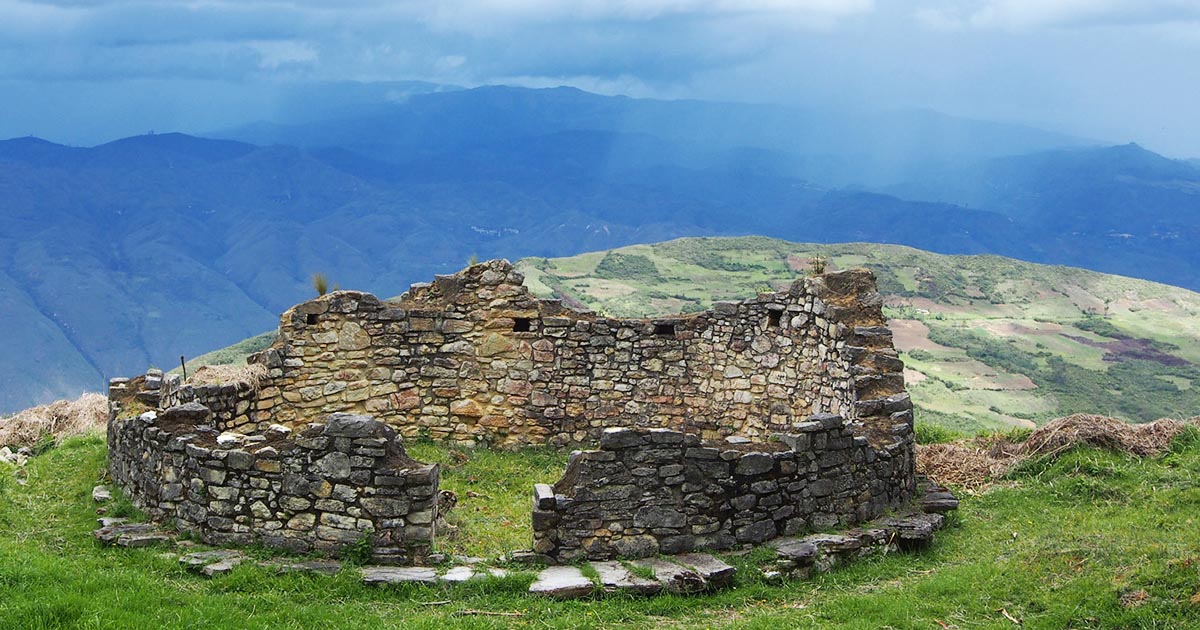
The circular houses of Kuelap. Image: “Kuelap Chachapoyas Remains of a house that would have held up to 8 people” by Andreas Kambanis, used under CC BY-SA 2.0 / Cropped and compressed from original
Kuelap
Near the city of Chachapoyas in the Northern Amazon region of Peru, a dense jungle encroaches the ruins of Kuelap. Sitting at the highest point of a mountain, the ancient city built by the Chachapoyas civilizations lies nearly untouched. This is thanks to a 20-meter high wall built by the Chachapoyas to protect the city. Luckily access to this ancient city is facilitated by cable cars that ferry visitors to and from the ruins.
For the more adventurous trekker, there is a path up to ruins. These nearly-hidden ancient jungle ruins are an archaeological marvel that many consider Machu Picchu’s rival. The site is one of the most incredible ruins in Peru due to the nearly perfectly preserved roundhouses and temples.
Sarcófagos de Karajía
The Sarcophaguses of Karajía are one of the most enigmatic ancient burial sites in Peru. This unique archaeological site is the burial ground for 8 Chachapoyan civilization mummies that occupy a steep cliffside along a river gorge. Their nearly inaccessible location has helped preserve the sarcophagi from looters and natural events.
Surprisingly, these figures stand nearly 2.5 meters tall and have been dated by experts back to the 15th century. Archaeologists determined that this Pre-Incan site coincides with the conquest of the Chachapoyas by the Incas in the 1470s. Thus indicating that they might have perished during the Incan conquest.
Peru has the highest density of archaeological sites in all of South America. However, considering the number of ruins, those on this list barely scratch the surface of what is still being discovered by archaeologists today. Pre-Incan sites far outnumber the amount of Inca ruins conquered by the Spaniards in the 16th century. Visiting any of these Peruvian sites is guaranteed to spark curiosity related to Pre-Columbian societies and their marvelous civilizations.

Manuel was born in Iowa, raised in California and now lives in Lima, Peru. His Peruvian parents always kept him close to his roots with dozens of family vacations to see his grandparents in Lima. After graduating from University of California Santa Barbara, Manuel decided to move to Lima to be closer to the family, food and culture he loves.




